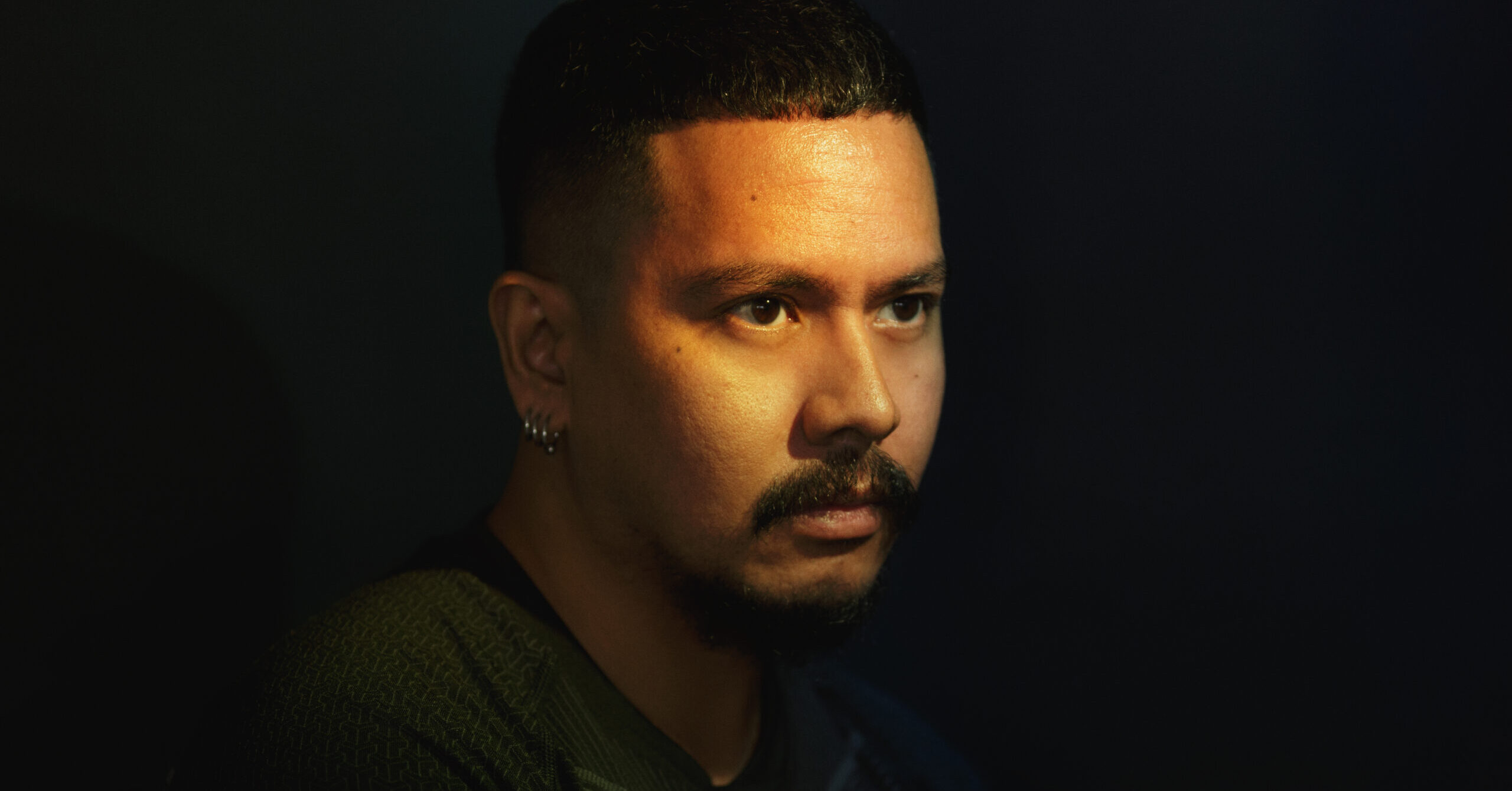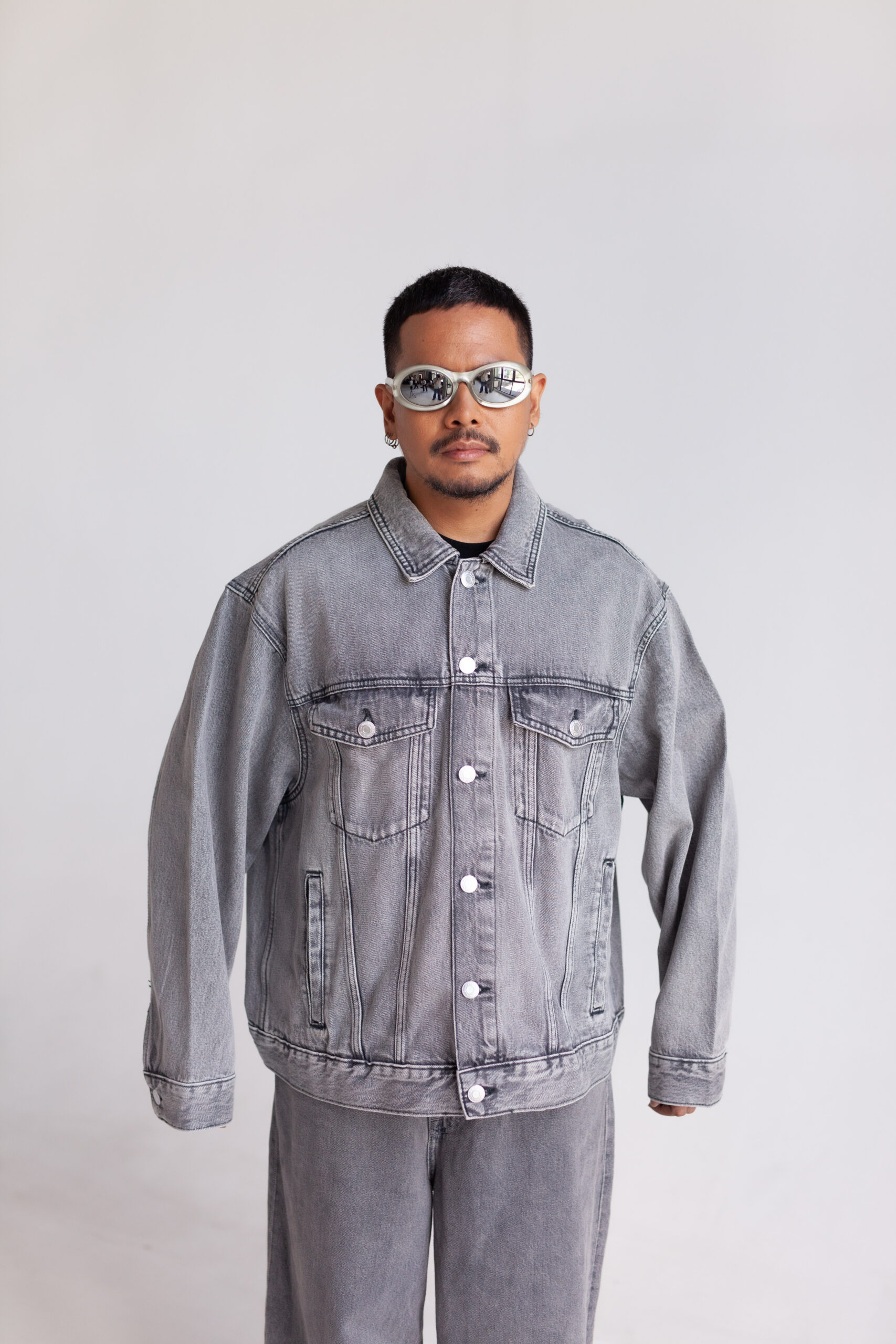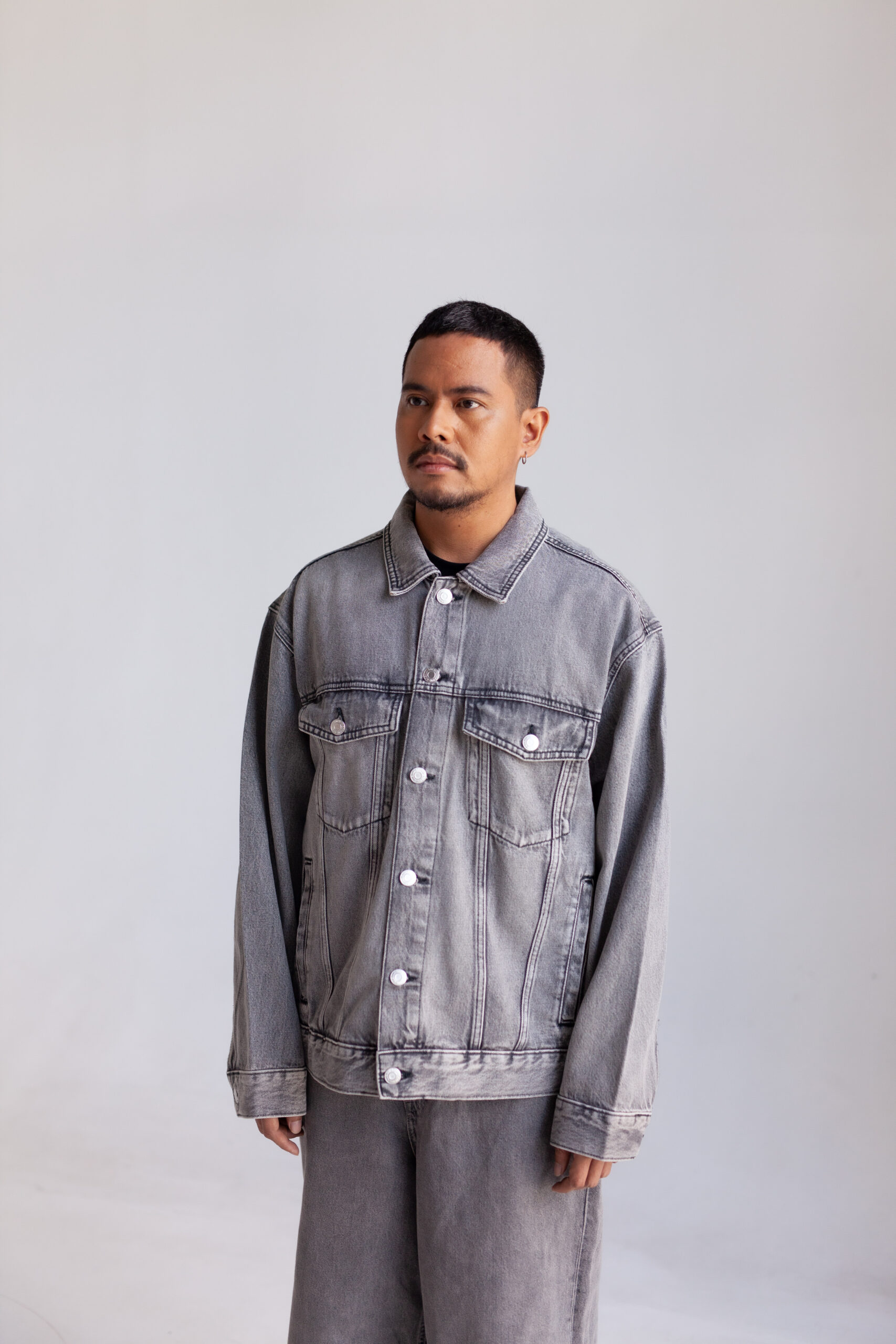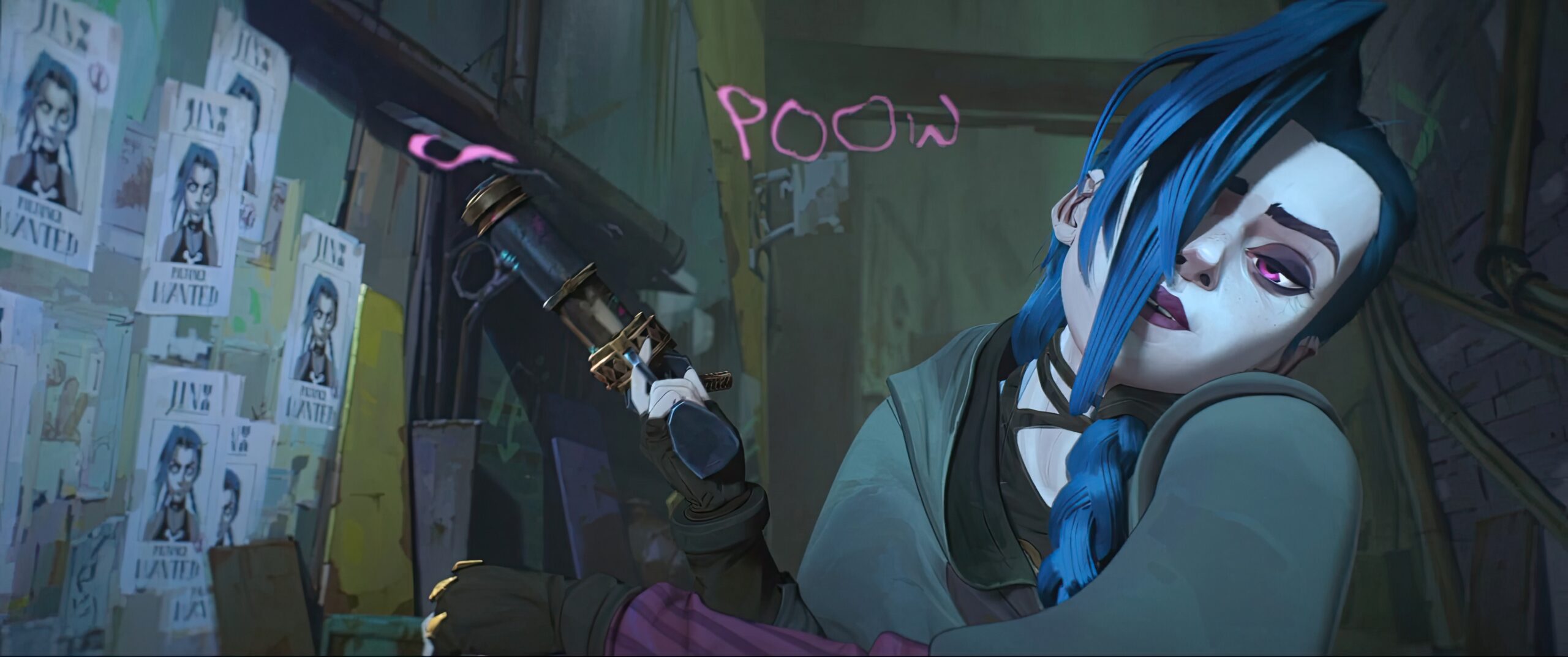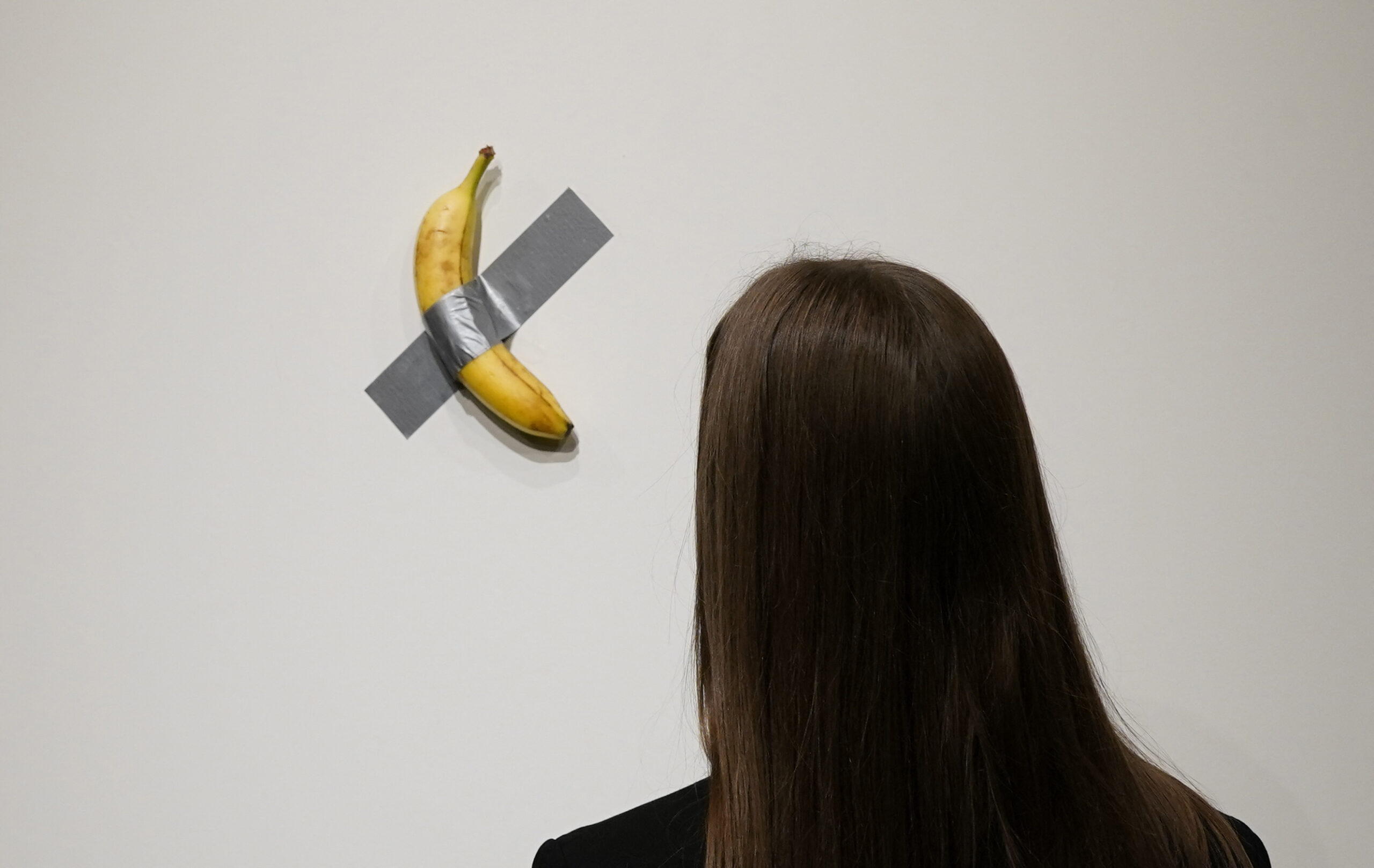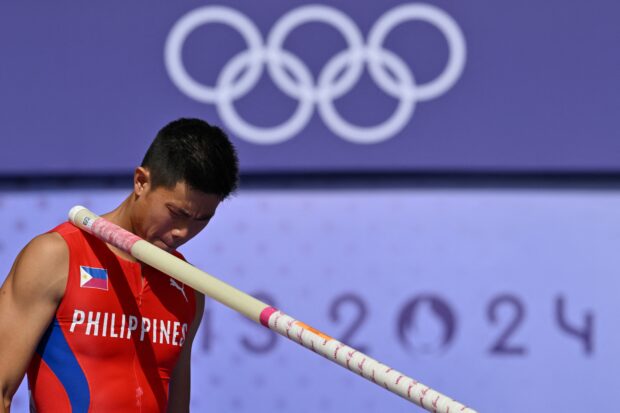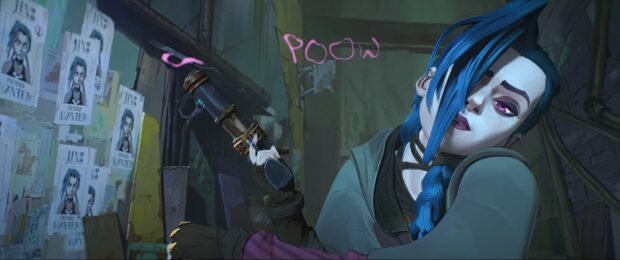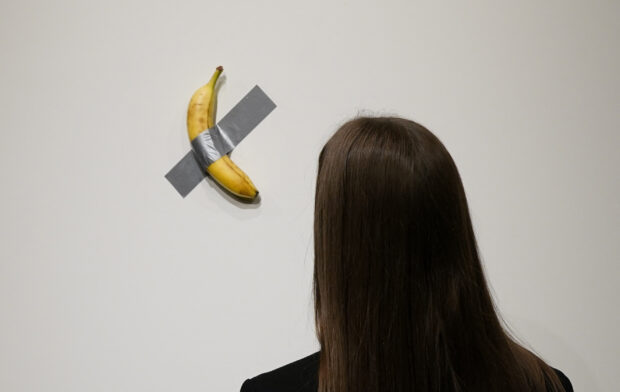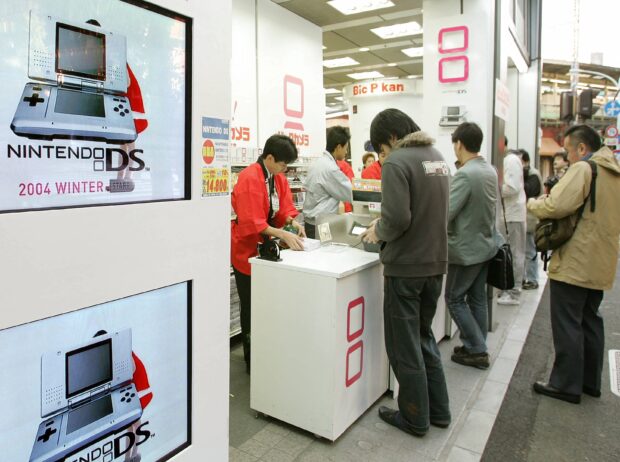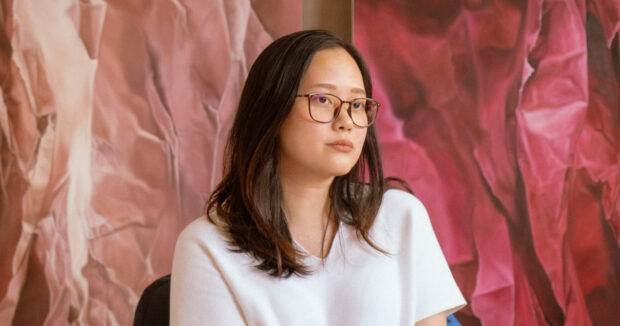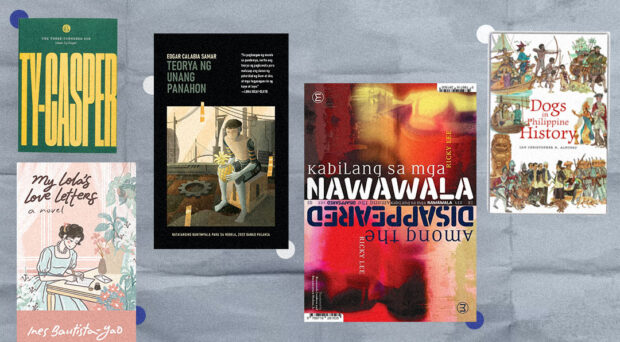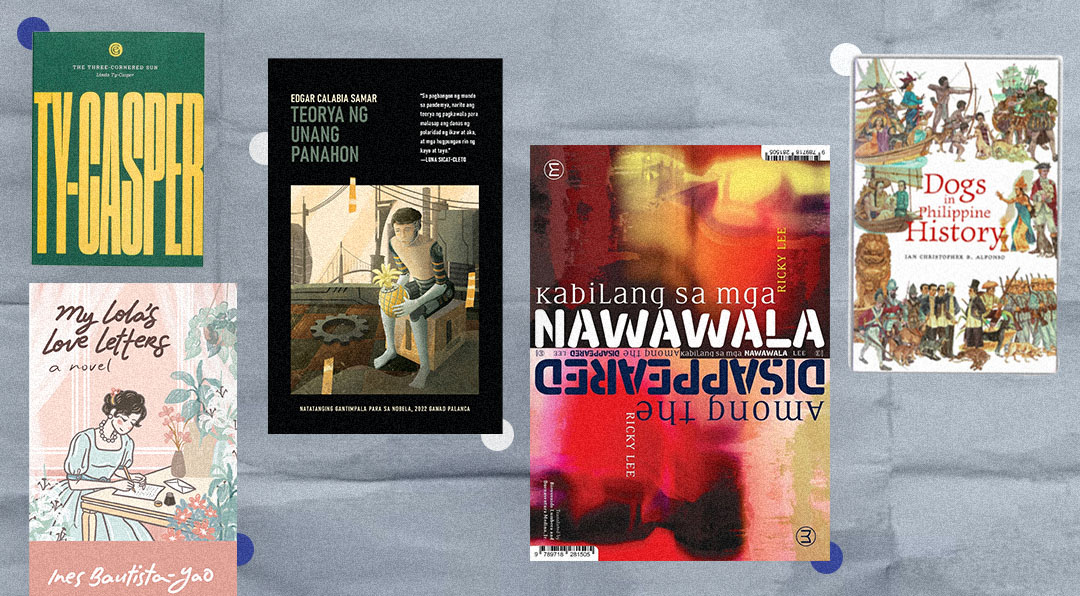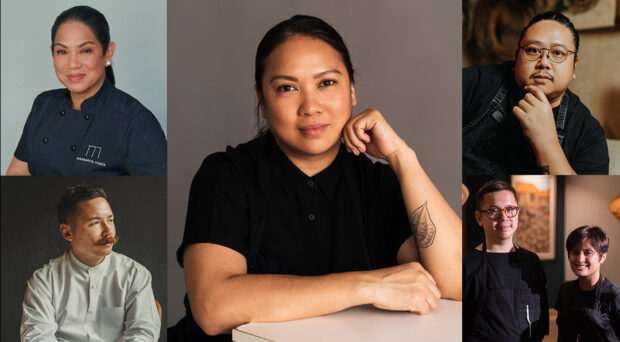Contemporary visual artist Derek Tumala talks about defining identity in your own terms while creating art that highlights our deep connections with each other
“I love to think of the rave as worlds that do not exist yet. By creating my own systems, thinking, fantasies, and aspirations in the rave, it brought the imagination of a world that I wanted to exist,” says Derek Tumala.
The Manila-based Filipino contemporary artist is known for a multidisciplinary body of work, which boldly tackles rave culture within world-making.
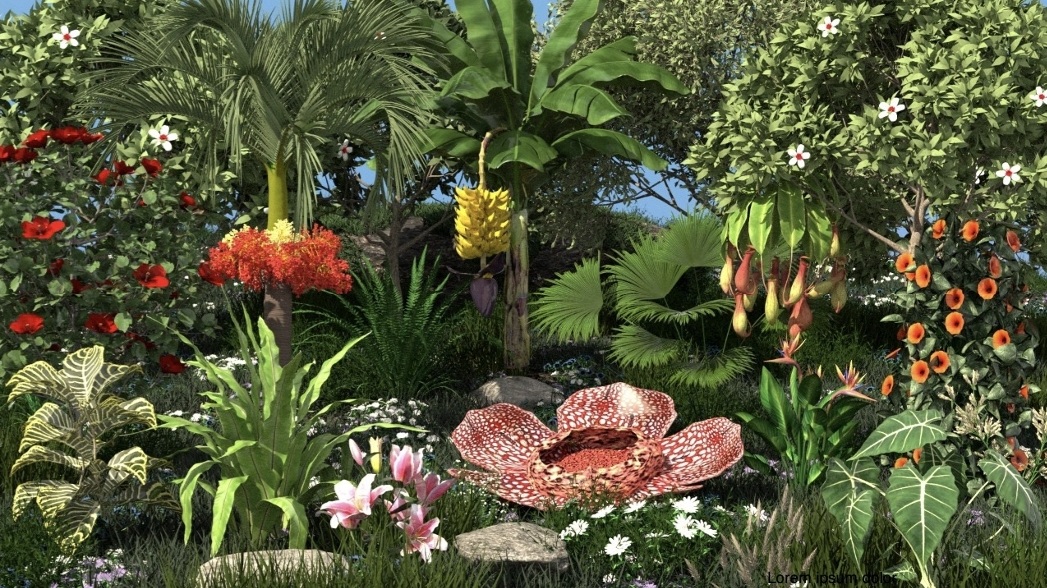
Born in 1986, Tumala spent much of his childhood years in the company of his family’s encyclopedia collection. Through the pages, he discovered the complexity and interconnectedness of the natural world, geography, the humanities, and world history.
Like other Filipino children born in the 80s, Tumala lived in a world that was fundamentally changing. Dubbed as the decade of decadence, the 80s witnessed the end of Martial Law in the Philippines, the fall of the Berlin Wall, the emergence of the AIDS epidemic, and the birth of the internet. The 80s also saw the emergence of rave culture.
In his piece “Acid house and the dawn of a rave new world” Luke Bainbridge wrote, “In the mid-80s, the UK embraced acid house, together with the new drug, ecstasy, with gusto. A new scene grew up around it that changed the social and cultural habits of a generation.”
Emily Witt in her 2023 piece “Reimagining Underground Rave Culture,” revealed how the “renegade spirit” of rave culture spread like wildfire, with a scene and sound characterized by “science-fictional Futurism” “experimental sound… free-form radio, pride in blackness and queerness, altered states of consciousness… [and] style”
For Tumala, however, rave culture connotes the blurring of social hierarchies, a celebration of freedom and interconnectedness, and the minimizing of the ego.
“Imagine a world in a trance without prejudice and full awareness. Just being together anonymously and dancing like a primordial ritual to be performed,” he shares.
In 2022, with a vision to bring rave culture into art institutions, Tumala started an art and rave collective dubbed Kaput Systems Inc. The following year, he hosted a rave event within the walls of the UP Vargas Museum.
“Raves have informed my work in so many ways. It may seem disparate from my works that tackle the ecological, but it informs my practice as a whole…. It gives me the space and time to imagine a space-time that does not think about power or ego,” says Tumala.
Aside from hosting raves in museums, Tumala has heavily tackled ecological, communal, and social themes in his body of work. Utilizing contemporary materials, processes, and modes of representation, Tumala has emerged as a visual artist whose practice is centered around the subversion of normality through the creation of spaces and curation of experiences wherein the visceral, the primordial, the ecological, the scientific, the technological, and the poetic intersect
Named as one of ArtReview’s 2024 Future Greats, Tumala talks about the power that comes with being able to define your identity in your own terms while creating art that highlights our deep, inextricable connections with one another.
As one of ArtReview’s Future Greats, some of your important works place the climate crisis front and center. Can you share with us some of your personal favorite pieces that tackle the climate crisis?
I think what I like the most about the climate work is the process of learning and unlearning, doing research, and talking to people who know better. In one of my research, I found news about a hairy blob washed ashore in Mindanao in 2020 and people thought it was a doomsday warning during COVID times. Scientific investigation says it was a whale carcass. I want to believe in the superstitious at times because it’s entertaining, but I also want hard, scientific facts. This push and pull somehow is evident in my processes. It’s this tricky relationship between truth and perception.
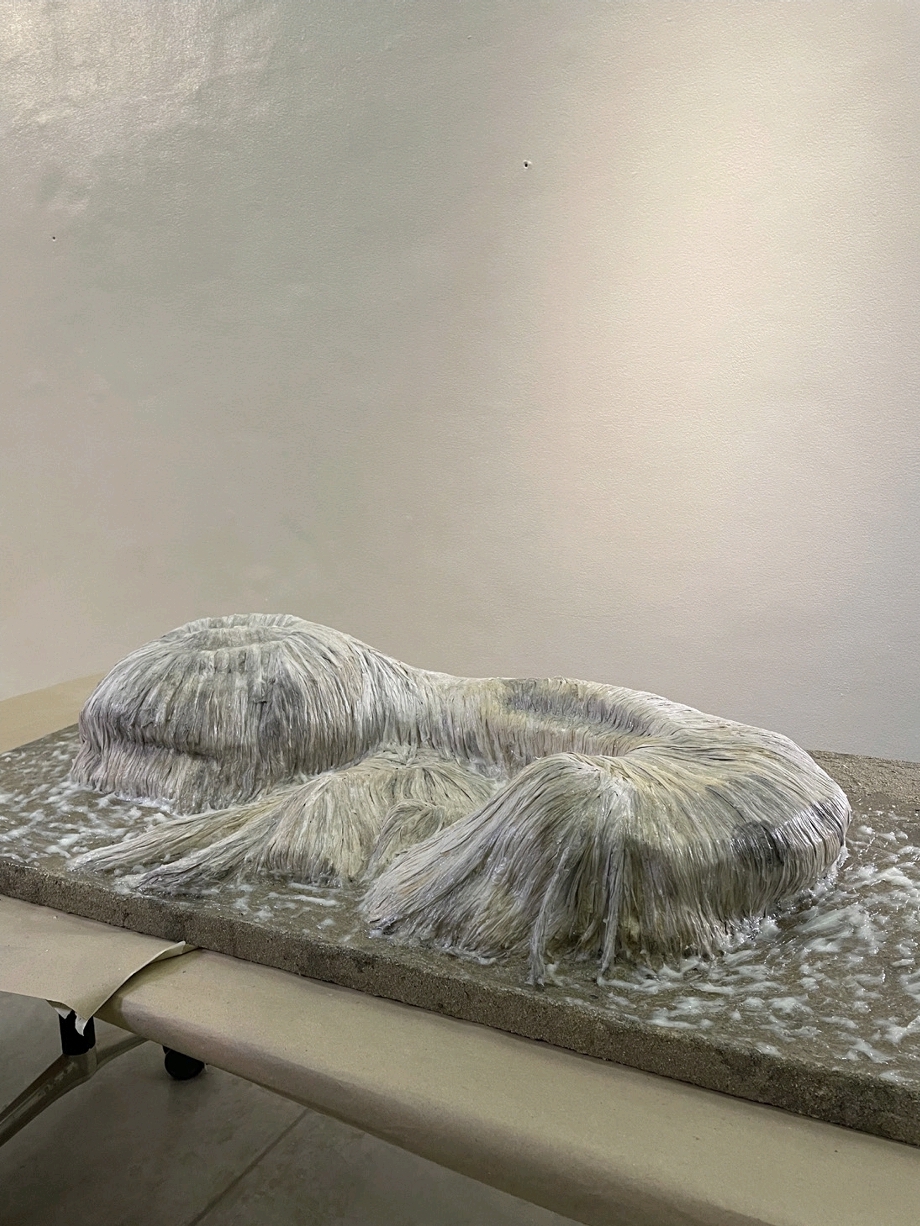
What challenges have you encountered vis-a-vis the sourcing, exploration, and manipulation of the varied materials and processes that you have used in your works by far?
Sometimes it feels like it’s out of control, and it scares me, it makes me feel lost at times. But I learned to trust my inkling towards uncovering new modes of making art both in theory and in practice. I want to push myself closer to myself, to my being that is not a linear, homogenous career. It’s a way of life, a way of mirroring my perceived conditions and realities. Curiosity is what drives me, to want to know what the world is about, what material works, and what techniques may fit my concept. It is challenging to perceive my practice as one linear body.
I’m attuned to my daily experiences and being. Media, forms, systems, and structures are nodes to my practice. I am interested in the disparate, the contradictory and the challenging. Art and science, queerness and ecology, new media and nature—these are thought to be separated fields, but to me, everything is connected. As an artist, I am more interested in materiality as a condition to make a work possible, tangible.
READ: Live out your Luca Guadagnino dreams at this palazzo he designed
In the past few years, you have produced works that invite participation/engagement from the public. How do you feel about the public’s response to your work “A warm colored liquid,” an ambitious public installation that you presented at the 2024 Art Fair Philippines?
I like that the audience perceived it as a sensual piece of work. The whole process of creating the work is very technical. From the material choices, the right lights to choose, to the solar power systems that were needed to be made in order for the work to operate, mounting provisions and limitations — all of it were technical choices to be made. Sometimes I feel like I’m losing the poetry in my work, but I think that was a romantic dilemma for me. Most of my works deal with the technical possibilities of materiality.
Both the technical and creative are important nodes in my practice and they somehow create a pragmatic sense of wholeness. Public art pieces are usually characterized by scale and monumental structure. By using paper and solar power, I want to propose a softer materiality that reflects my ongoing interest in ecological world-making. I want to use something that resonates a softer way to creation, perhaps to imagine public art as a natural system.
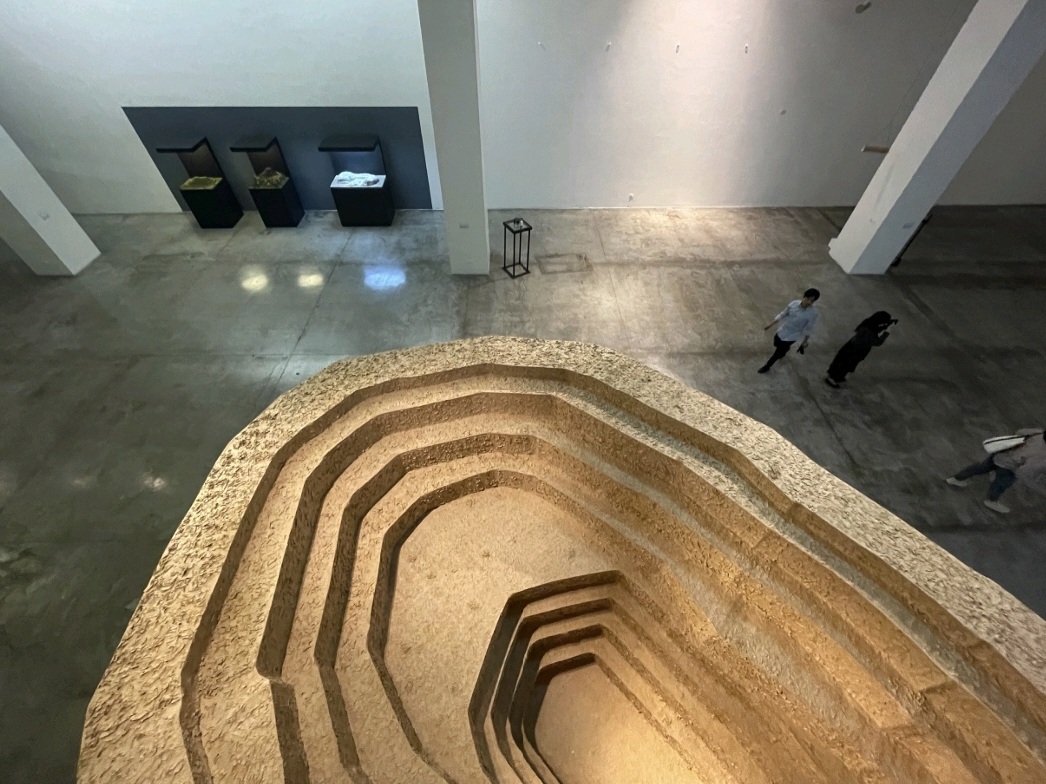
What is it about rave culture that is special to you as an artist and as an individual?
Raves have informed my work in so many ways. It may seem disparate from my works that tackle the ecological, but it informs my practice as a whole. I have lived in raves, I may say!
It gives me the space and time to imagine a space-time that does not think about power or ego. I love to think of the rave as worlds that do not exist yet. By creating my own systems, thinking, fantasies, and aspirations in the rave, it brought the imagination of a world that I wanted to exist.
Imagine a world in a trance without prejudice and full awareness. Just being together anonymously and dancing like a primordial ritual to be performed. Dance is a primal activity of the human species. We see this in other animals as a mode of communication or expression. And bringing the rave into the museum creates an idea of utopia. It also acknowledged rave as an important part of contemporary culture.
How has your background in fashion influenced your studio practice?
My love for fashion influenced my view on conceptual aesthetics. It’s a skin, an armor, a concept, a look, a feel, a vibe, an aspiration. I compose myself in clothing that resembles armor, or sometimes a feeling. Same with art, how do I dress up a mundane idea for example? I like to think of fashion as a form of fantasy, it creates an illusion, an aspiration, like what art has done. Fashioning — is a sensual way of thinking.
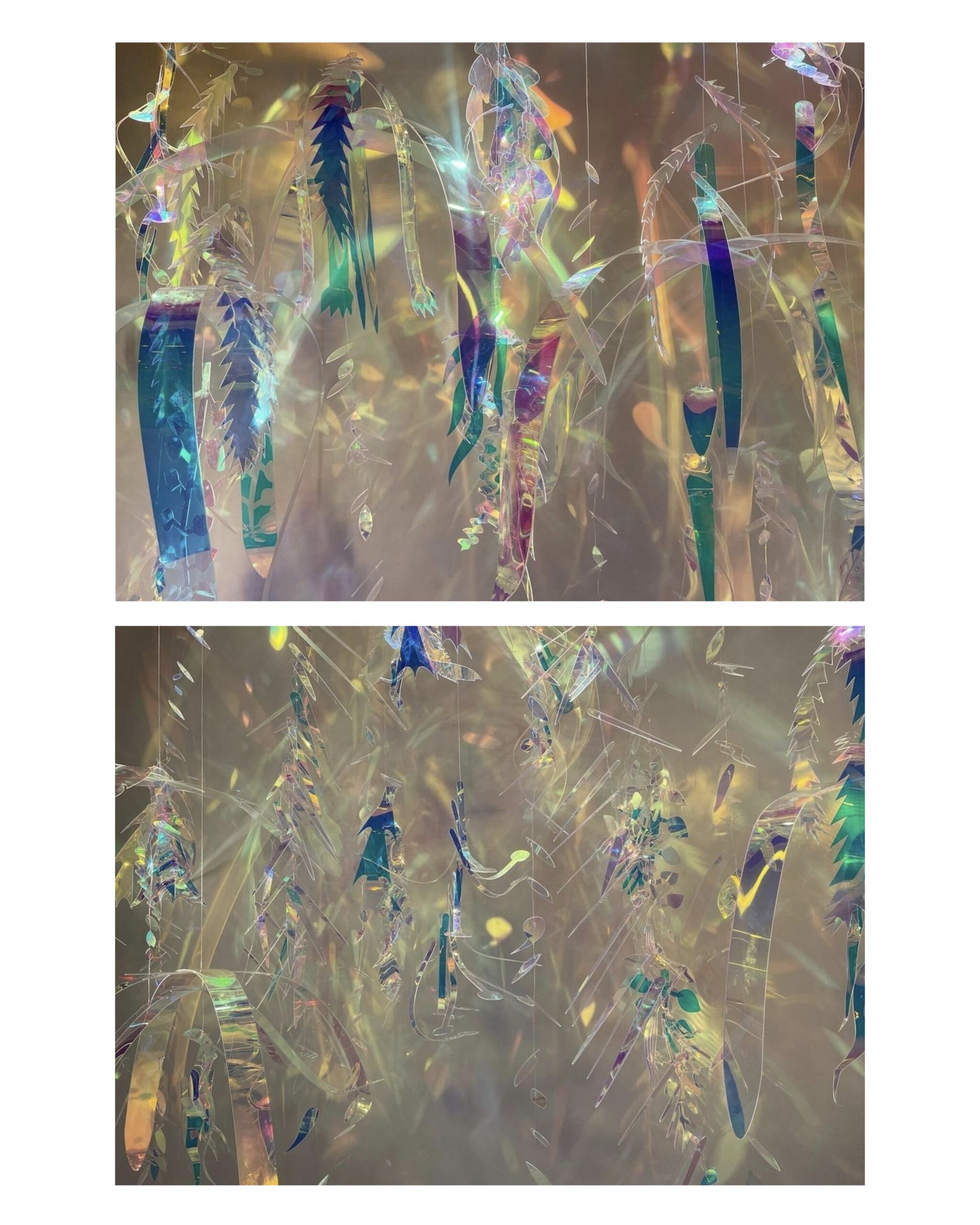
How much of yourself—your identity, your personal history, your interests, your relationships, your politics—is embodied in your work?
It is deeply embedded in every work I do. My love for science and history is rooted in my childhood. I grew up in a middle-class household that had multiple encyclopedias in the living room. My dad was a history teacher; my mom, was a fashion designer. It somehow makes sense to me now that I am interested in knowledge and applied arts. I had grown up applying almost all of my interests and aspirations in my work. I think that’s what makes my practice so varied. It’s in an attempt to encapsulate my wholeness.
When I learned that I was queer, I thought I was free. It gave me a sense of freedom, of knowing that I can be who I want to be. It taught me that it is possible to be yourself, in your own terms. I am aware of the personal and universal paradigms of my work and that for me is indicative that no matter how different we are, we all share a world and we are all connected.

Conceptual artist Olafur Eliasson said, “Having an experience is taking part in the world. Taking part in the world is really about sharing responsibility.” If you are to leave us with a quotable quote about the ethos of your art practice, what would it be?
I like to write random notes in my phone and I found one on ecological being:
Ecological Being: It’s queer, it’s sassy, we’re thinking about a more equitable form of living, we’re trying to realize a world that is more in touch with nature, more thoughtful, building solidarity among all living things, we are interested in cohabiting, we are aware of our ecosystems and what we are changing, manipulating, we move towards an equitable future by acknowledging the present conditions, extracting our past and utilizing it to create a world that’s more attuned with our being, more calm and relax, more at peace with pleasure.
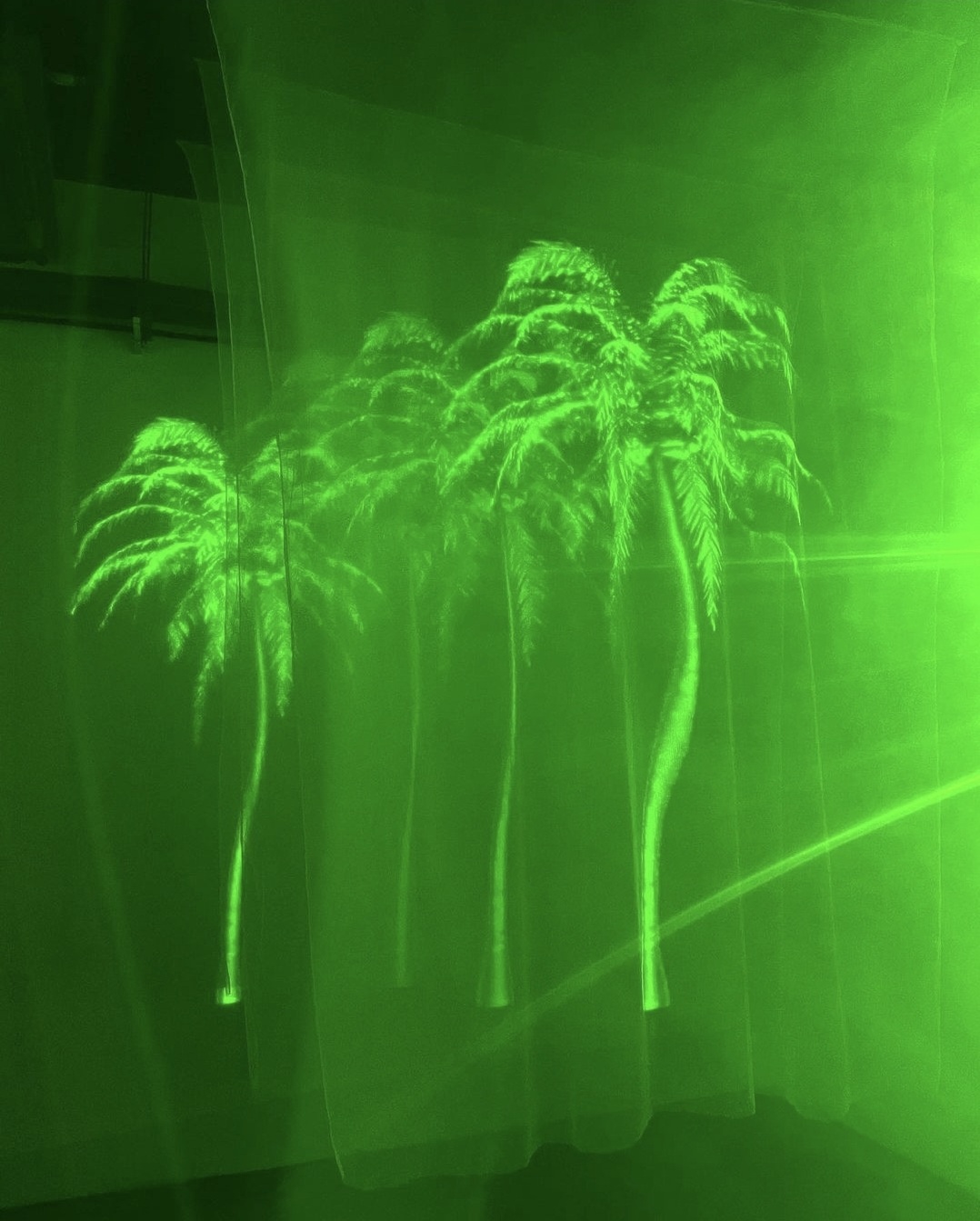
Without restrictions in scale, materials, processes, location, and funding, kindly share with us your absolute dream project.
I do think that my work is borne out of limitations. And being indulgent or dreaming with no restrictions inhibits the intent of the work.
But maybe, in an ideal production scenario, my dream project would be a space. t can be a club, a gallery, or a restaurant. I like to think that world-making is what I am interested in doing, and this manifests in my work and processes. To have control and oversight, which I think is the best privilege to have.
What makes you happy?
I love walking. Like a lot. Especially when traveling. It makes me happy. I can form a new show by just walking around.
Why are you an artist?
There is beauty in not knowing why.

